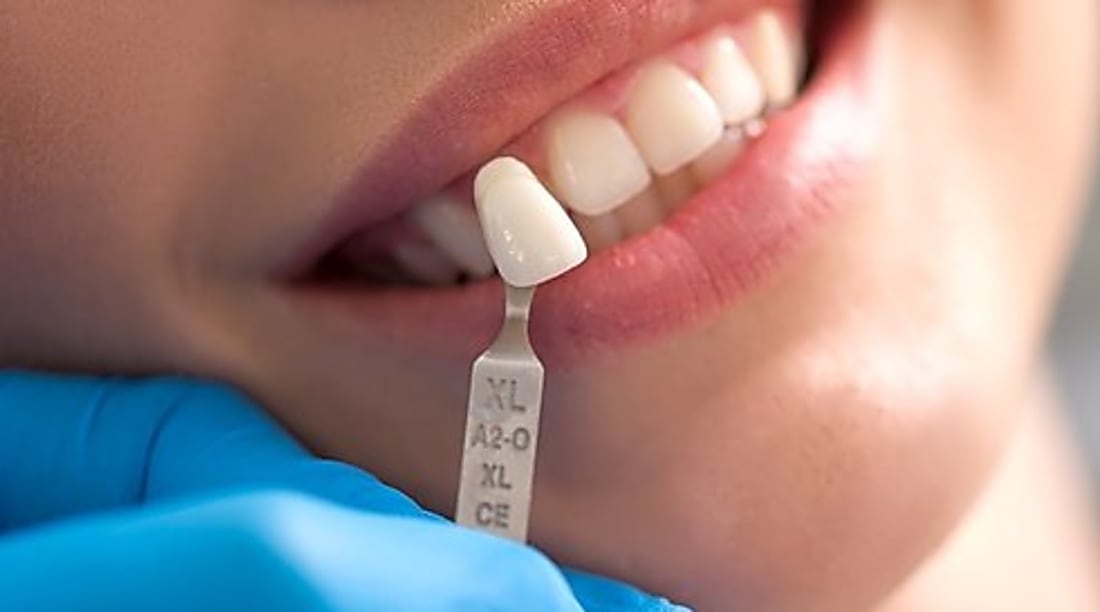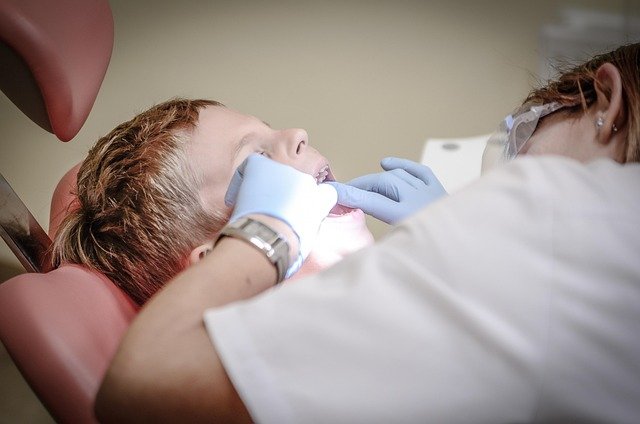Screwless Dental Implants: Modern Solutions for Tooth Replacement
Modern dentistry has revolutionized tooth replacement through innovative screwless dental implant technology. These advanced solutions offer patients a more comfortable and efficient alternative to traditional implant methods, utilizing cutting-edge techniques that eliminate the need for conventional screws while maintaining superior stability and functionality.

Traditional dental implants have long relied on titanium screws to anchor artificial teeth to the jawbone. However, recent advances in dental technology have introduced screwless alternatives that promise improved comfort, faster healing times, and enhanced aesthetic results. These innovative solutions represent a significant leap forward in restorative dentistry, offering patients new possibilities for tooth replacement.
What Are Screwless Dental Implants and How Much Do They Cost
Screwless dental implants utilize advanced attachment mechanisms that don’t require traditional threaded screws for anchoring. Instead, these systems employ specialized designs such as press-fit connections, magnetic attachments, or innovative locking mechanisms. The technology focuses on creating secure bonds between the implant fixture and the prosthetic crown without relying on conventional screw-retained methods.
These implants typically feature smooth surfaces or micro-textured designs that promote better osseointegration - the process where bone tissue grows around and bonds with the implant. The absence of screws can reduce the risk of mechanical complications and may provide better long-term stability in certain cases.
Benefits and Costs for Modern Implant Solutions
Screwless dental implants offer several advantages over traditional methods. Patients often experience reduced post-operative discomfort since the installation process can be less invasive. The smooth design may also decrease the likelihood of bacterial accumulation around the implant site, potentially reducing infection risks.
The aesthetic benefits are particularly noteworthy. Without visible screw access holes, the final restoration can achieve more natural-looking results. This is especially important for front teeth where appearance is crucial. Additionally, the simplified design can make maintenance and cleaning easier for patients.
Healing times may be shorter with some screwless systems, as the reduced trauma during installation can promote faster tissue recovery. The streamlined design also allows for more precise placement, which can be beneficial in cases with limited space or complex anatomical considerations.
Understanding the Technology Behind Modern Solutions
The engineering behind screwless dental implants involves sophisticated materials and design principles. Many systems use advanced titanium alloys or ceramic materials that provide excellent biocompatibility. The surface treatments on these implants are specifically designed to encourage rapid bone integration while maintaining long-term stability.
Some screwless systems employ friction-fit mechanisms where the crown is precisely fitted onto the implant post without requiring screws. Others use magnetic retention systems that provide secure attachment while allowing for easy removal if maintenance is needed. Advanced locking mechanisms represent another approach, using specially designed connectors that create strong bonds without traditional threading.
Cost Analysis and Provider Comparison
The cost of screwless dental implants varies significantly based on the specific system used, geographic location, and individual case complexity. Understanding the financial investment involved helps patients make informed decisions about their treatment options.
| Provider Type | System Used | Cost Range | Key Features |
|---|---|---|---|
| Specialist Practices | Advanced Ceramic Systems | $3,000-$5,500 | Premium materials, aesthetic focus |
| General Dentistry | Titanium Press-Fit | $2,500-$4,000 | Reliable technology, proven results |
| Dental Chains | Standard Screwless | $2,000-$3,500 | Affordable options, basic systems |
| University Clinics | Research-Based Systems | $1,500-$2,800 | Supervised treatment, newer technology |
Prices, rates, or cost estimates mentioned in this article are based on the latest available information but may change over time. Independent research is advised before making financial decisions.
Choosing the Right Treatment Option
Selecting appropriate screwless dental implant technology requires careful consideration of individual needs and circumstances. Factors such as bone density, gum health, and the location of missing teeth all influence the best treatment approach. Patients should discuss their specific situation with qualified dental professionals to determine if screwless options are suitable.
The success rate of screwless implants is generally comparable to traditional methods when properly selected and installed. However, not all cases are appropriate for this technology. Patients with certain medical conditions or insufficient bone density may require alternative approaches or additional procedures before implant placement.
Maintenance requirements for screwless implants are typically straightforward, involving regular dental hygiene practices and professional cleanings. The simplified design can make daily care easier, but patients must still commit to proper oral health maintenance to ensure long-term success.
Screwless dental implants represent an exciting advancement in restorative dentistry, offering patients new possibilities for tooth replacement. While the technology continues to evolve, current systems provide reliable alternatives to traditional methods with potential benefits in comfort, aesthetics, and maintenance. Consulting with experienced dental professionals remains essential for determining the most appropriate treatment approach for individual needs.
This article is for informational purposes only and should not be considered medical advice. Please consult a qualified healthcare professional for personalized guidance and treatment.




